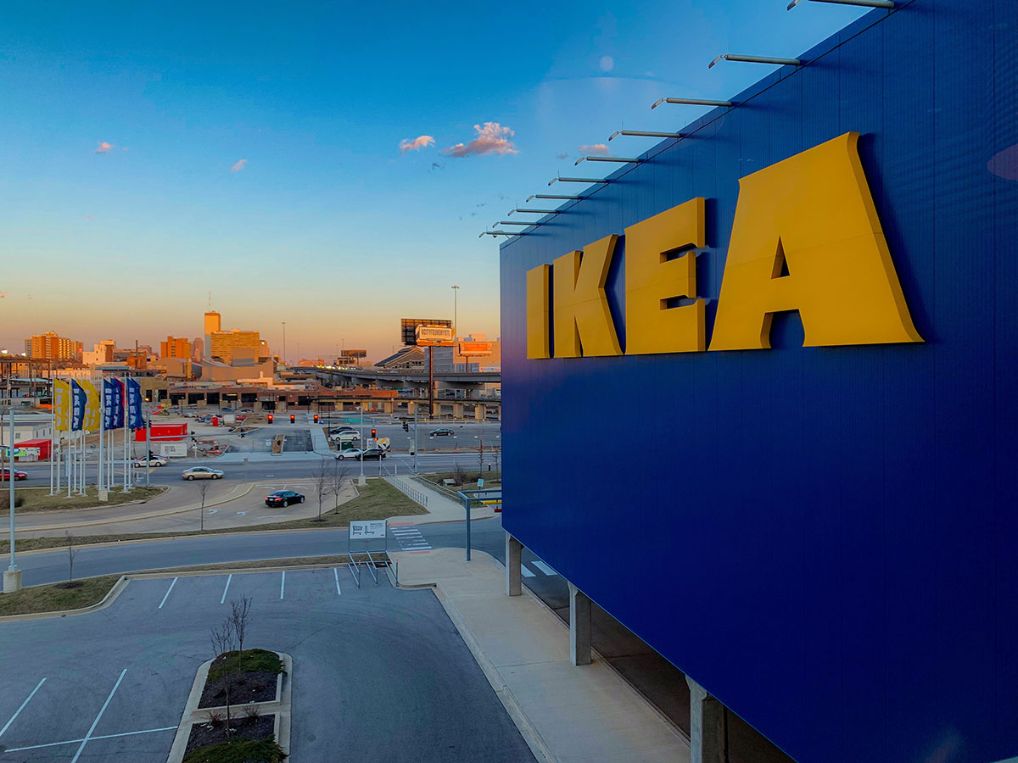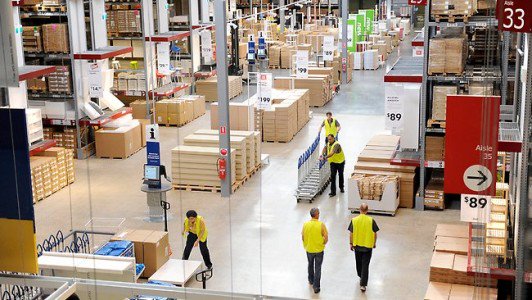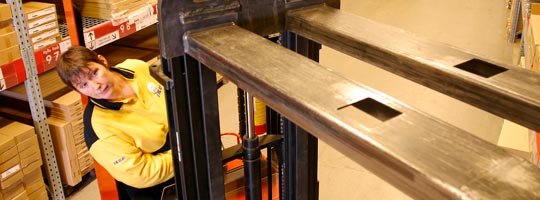Sustainable relationships with suppliers
A key part of IKEA’s success is credited to its communications and relationship management with materials suppliers and manufacturers to get good prices on what it procures.
IKEA is a very high volume retailer – it buys products from more than 1,800 suppliers in 50 countries, and uses 42 trading service offices around the world to manage supplier relationships. They negotiate prices with suppliers, check the quality of materials, and keep an eye on social and working conditions.
Although IKEA fosters competition among suppliers to ensure it attains the best prices and materials, the company also makes longstanding commitments to suppliers by signing long-term contracts, thus lowering prices of products further.
For example, IKEA has a code of conduct called the IKEA Way of Purchasing Home Furnishing Products (IWAY), containing minimum rules and guidelines that help manufacturers reduce the impact of their activities on the environment. The requirements within IWAY raise standards by developing sustainable business activities and leaving positive impacts on the business environment in which the suppliers operate.
This also underlines IKEA's commitment to the 'low price but not at any price' vision. Although IKEA wants its customers to enjoy low prices, this should not happen at the expense of its business principles.













